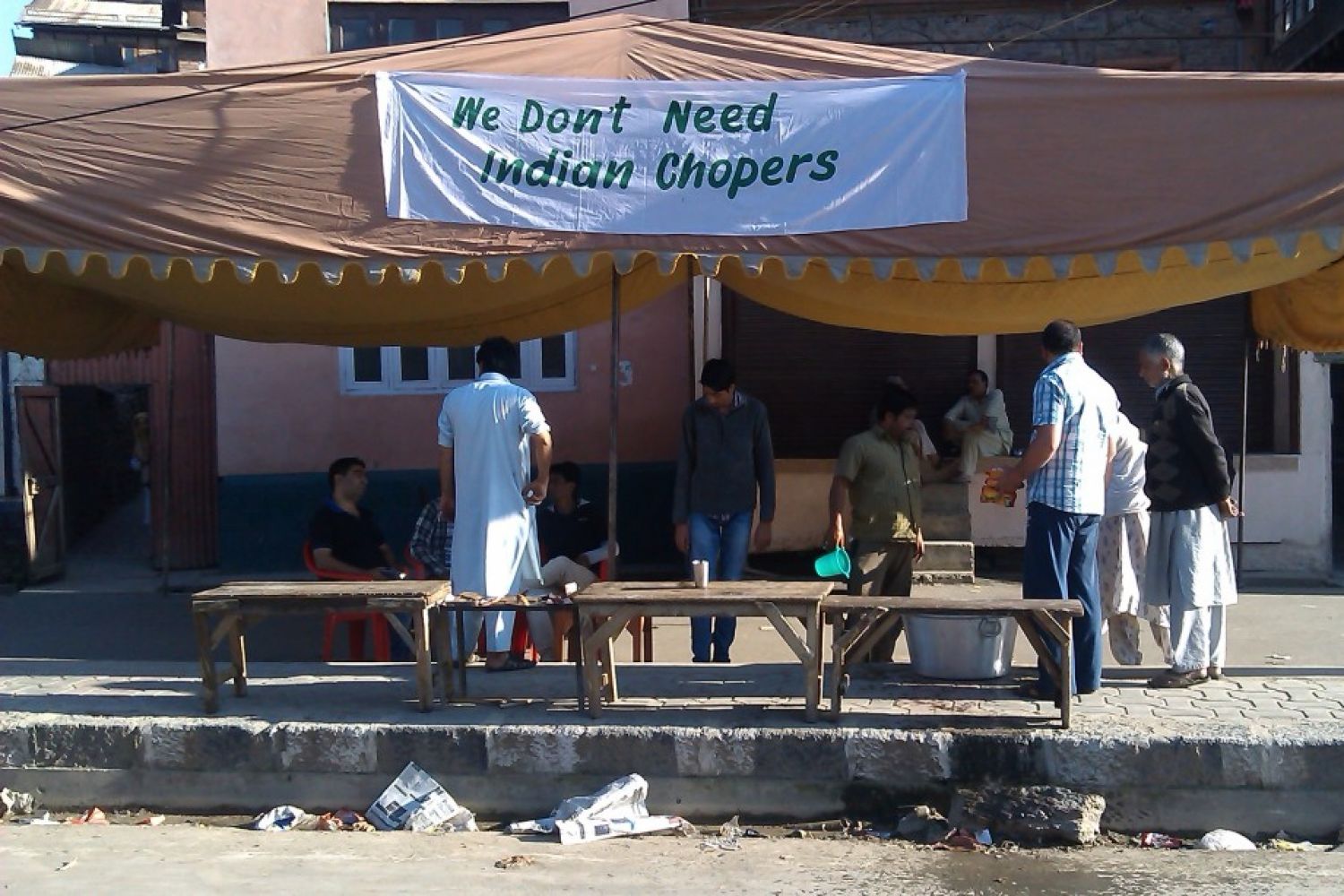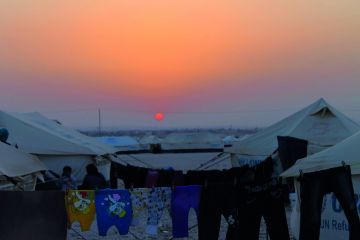
One of the beautiful
things about the devastating September 2014 Kashmir flood was, ironically, that
it disillusioned many people.
Mother said a great
flood was imminent but I refused to believe her. I had no reason other than six
days of non-stop rain to believe or not. But in all the panic, when people were
desperately shifting belongings to upper storeys or running for their lives, I
only tried to assert my reluctance, only tried to refuse to accept that in a
matter of hours, the gre





